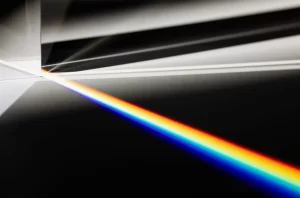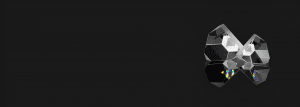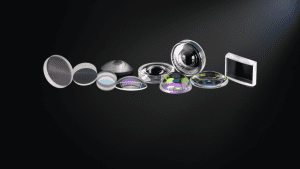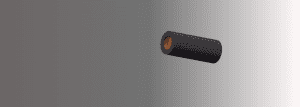Right Angle Prisms
Right angle prisms are prisms based on a right triangle and used to redirect or deviate light at an angle of 90 or 180 degrees. Prisms are often used in situations where a mirror could be used, but are selected because of the ease with which one can mount them into an optical system as well as align and fine-tune.
Custom Right Angle Prisms at Avantier
At Avantier we offer custom right angle prims for optical applications. Some substrate options include BK7 Grade A optical glass, Corning Fused Silica 7980, JGS1 UV Grade Fused Silica, and JGS2 UV Grade Fused Silica.
We can produce either uncoated prisms or prisms with anti reflective coatings on the legs, hypotenuse, or both. We can also produce prisms with mirror coatings on the hypotenuse (aluminum, for instance) to increase reflectivity.
State of the art metrology equipment enable us to ensure that every custom right angle prism ordered is produced according to customer specifications and optical properties and surface quality are as required.
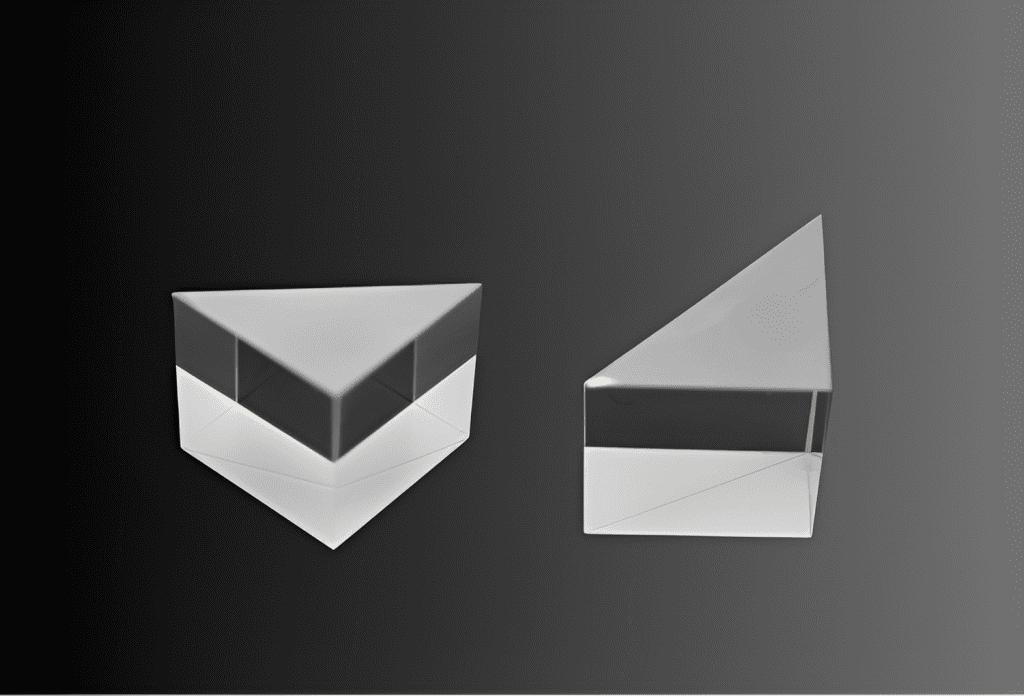
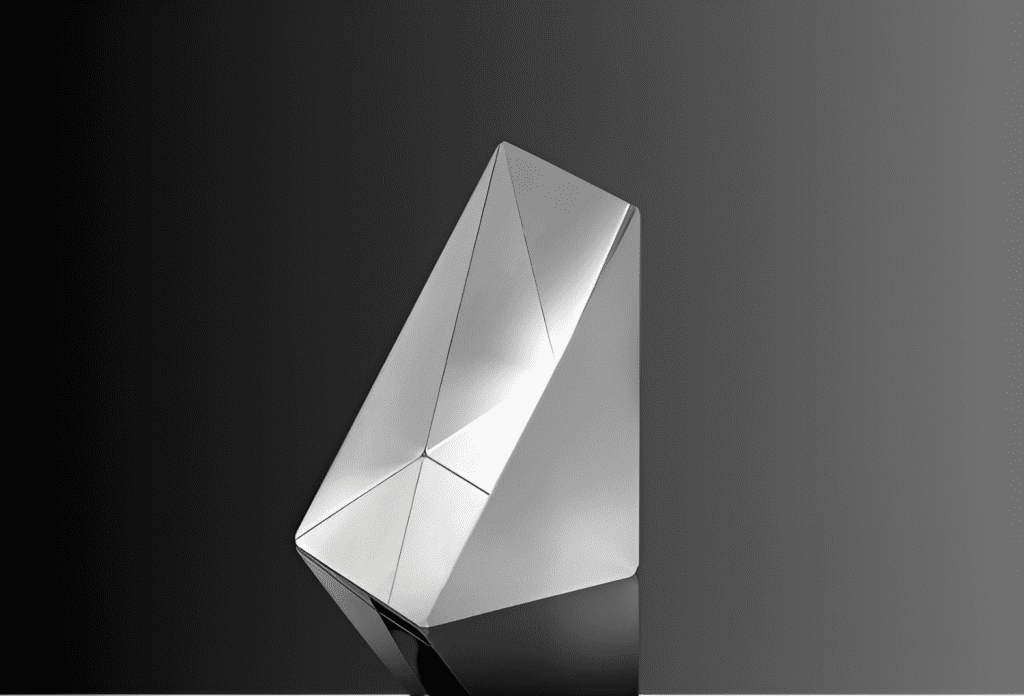
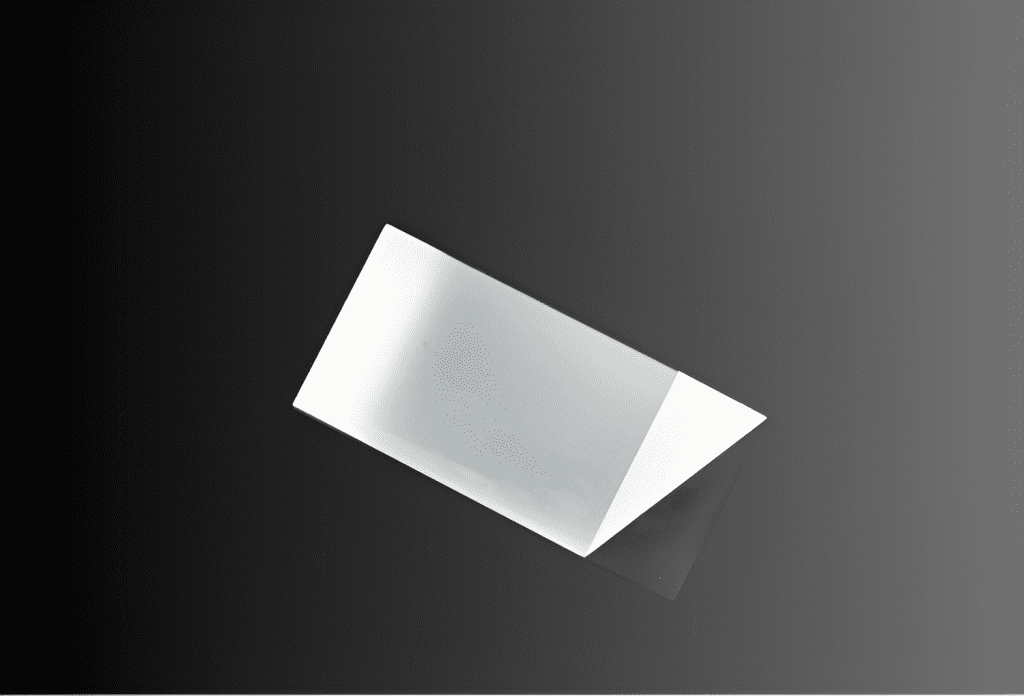
Using a right angle prism to turn light 90 degrees
To turn light at a 90 degree angle, you will want to orient the prism so that the incoming light beam is incident to one of the prisms legs (short face). The light beam will experience total internal reflection (TIR) at the glass/air boundary of the hypotenuse, turn 90 degrees and exit through another prism leg. A prism oriented this way can be used instead of a mirror.
Using a right angle prism to turn light 180 degrees
If you’d like the prism to function as a 180 degree retroreflector, you’ll want to orient it so that the incoming light beam is incident to the face of the hypotenuse. This way, the beam will undergo total internal reflection (TIR) twice: once at the glass/air boundary of the prism leg, and then again at another prism leg. It will exit through the hypotenuse face and travel out of the prism on a path parallel to that it entered.
A prism used in this way is called a Porro prism or porroprism, and is primarily used to change the orientation of the image. Some examples of common applications are in telescopes, periscopes, and binoculars.
Dove Prism
An alternate way of using the prism as an image rotator is by orienting it so that the light enters the leg (short face) at an angle which is parallel to the hypotenuse face. This light will be refracted downward, undergo TIR, and exit through the other leg. It will travel in the same direction it was originally; the image will simply be rotated.
While a dove prism can be simply a right angle prism, oriented the right way, dove prisms are often manufactured without the triangular apex in the form of a truncated prism. This lessens the weight and causes it to take up less room in the optical assembly. Dove prisms should only be used with collimated light.
Factory Standard
- Material: Material: BK7 Grade A optical glass, Corning Fused Silica 7980, JGS1, JGS2
- Dimension Tolerance: +0.0, -0.1 mm
- Clear Aperture: >90%
- Flatness: l/4 l @632.8 nm
- Surface Quality: 60-40 scratch and dig
Contact us today if you’d like to place a Custom Right Angle Prisms or for more details on our manufacturing abilities.
WE CAN HELP YOU!
Contact us NOW for sales & expert advice.



